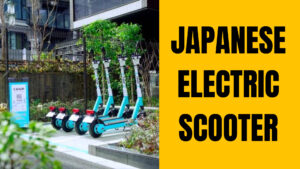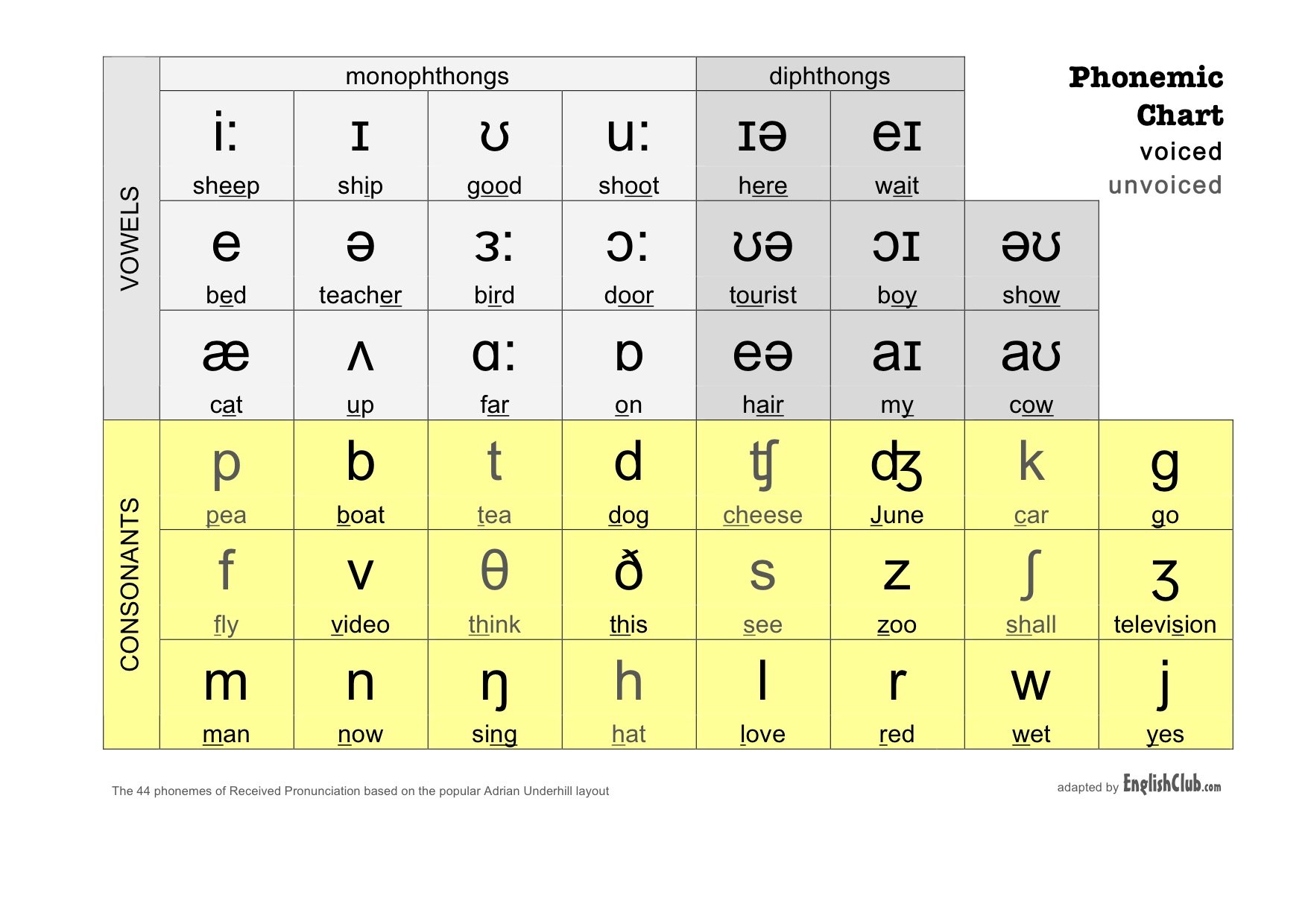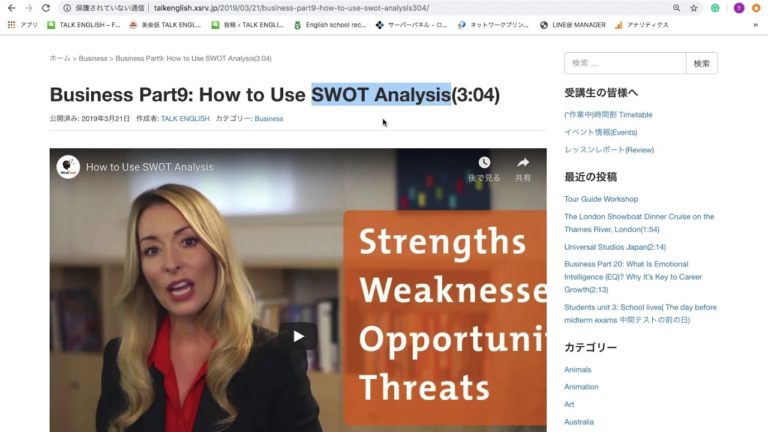
1. The ideal city is one large “station front,” in which every gas station, office building and even parking lot is physically connected, according to Luup founder and CEO Daiki Okai. There, people wouldn’t need to walk up to half an hour to reach train stations – in fact, they wouldn’t need to walk at all.
2. “Luup aims to establish first and last-mile transportation, and create a future where all people can move freely,” says Okai, 29, in a video interview. Shortly after graduating from the University of Tokyo, the young founder wanted to develop a way for elderly caregivers to quickly reach their patients, particularly in areas without easy access to trains. His idea formed the basis of his startup Luup, which offers electric bicycles, scooters and other vehicles for commuters to rent and ride.
3. Luup, an honoree of last year’s Forbes Asia 100 to Watch list, has emerged as one of Japan’s leaders in micromobility, a form of transportation involving lightweight vehicles. Founded in 2018, the Tokyo-based startup claims its fleet spans 10,000 electric bicycles and electric scooters across six cities in Japan, comprising more than 90% of the country’s e-scooter sharing service market.
4. Through Luup’s app, which has more than 100,000 downloads in the Google Play store, users can identify nearby ports and rent e-bikes or scooters at 15 yen per minute, or roughly $7 per hour. The startup’s “super-high density” of parking hubs make it an ideal offering for first and last-mile transportation, says Okai, allowing users to use scooters even across short distances. For instance, instead of walking for 20 minutes to their closest train station, a commuter could walk for five minutes from their home to a nearby Luup port, then ride a scooter the rest of the way.

Have you ever used Luup or similar bike/scooter rental systems under the umbrella of “Micromobilty” in Japan or abroad? Would you?
5. “Luup is a rare company that is truly trying to create a ‘social infrastructure,’” Takashi Chiba, partner at Spiral Capital, said in a statement about the startup’s latest funding. “The products have become popular among users and are used daily, leading to the company’s dominant position in the field of micromobility.” Paving the way for Luup’s expansion are national e-scooter law reforms. Under revamped restrictions that take effect in July, riders over the age of 16 will no longer need to wear helmets or have driver’s licenses, thereby broadening the use cases of scooters, says Okai.
6. With the fresh capital, the startup plans to expand into several other major cities in Japan within this year, and triple its number of stations to 10,000 by 2025. Since 2018, Asia has led the way in micromobility investment, closely followed by North America and Europe, according to a McKinsey report published last August. More broadly, the global micromobility market is worth about $180 billion today and is projected to reach $440 billion by 2030, a separate analysis in April found.
7. Still, not all forms of micromobility have reached mainstream status – up until 2020, e-scooters were not recognized by Japanese transportation law – and the startup also faces competition from other emerging providers. These include SoftBank-backed OpenStreet’s Hello Mobility, which offers electric Segways and mopeds in addition to scooters, and Seoul-based startup Swing, which launched operations in Japan last July on the back of a $24 million Series B funding round.

What advantages / disadvantages do you think the Luup port system has compared to the “dockless” systems seen in the U.S and Europe?
8. “Many micromobility companies have been very good at expanding very quickly and scaling up their business, but without caring so much about profitability,” says Kersten Heineke, a Frankfurt-based partner at McKinsey & Co. and co-leader of the McKinsey Center for Future Mobility. “The challenge is getting a deeper understanding of the operations … and therefore showing that this can be sustainable in the long term,” he adds.
9. Looking ahead, Okai sees Luup as a provider of different mobility options, including vehicles for the elderly and disabled. The team is exploring what these accessible options may look like, including potentially automated functions. One prospective design is a single-seat, four-wheel scooter, with a slower maximum speed than that of existing models. “Micromobility is just the first step to what we aim to accomplish,” says Okai. “There are a lot of services that can be based on the network that we have … anything that can solve problems in our everyday lives.”
Phonetic Chart





